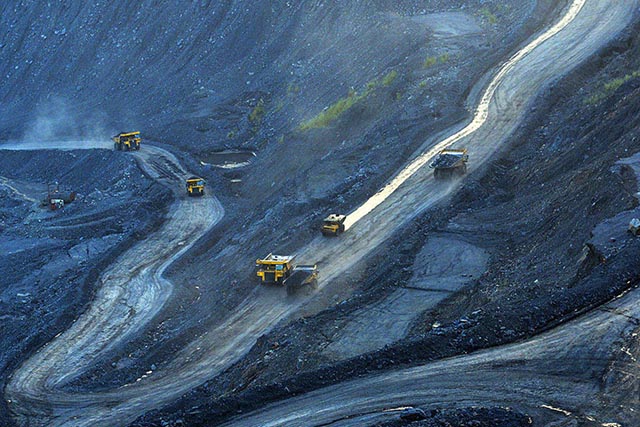The glut of power does not mean that every corner of the country is electrified — rather, it gestures strongly toward inertia, uneven distribution, and redundancy. "There are several coal-fired plants that do not run at maximum efficiency," says Ashish Fernandes, a senior activist at Greenpeace. This under-use, he points out, has led to an abundance of stale power within state-owned distribution companies.
Another reason for overabundance: rural areas with a lack of electricity can not seem to pay the price. Costs will range from around Rs120 ($1.86) to Rs500 ($7.75) per month for domestic services, depending on the state. "If residents can not afford electricity, it doesn't matter what fuel they use," says Tim Buckley, director of the Institute for Energy Economics and Financial Analysis (IEEFA). "You have to solve the issue of energy scarcity, education and jobs," he adds. "You can't keep constructing costly coal-fired power plants that pollute the nation and presume there's going to be demand—[some residents] simply can't afford to."
Even if the data shows that the area has electricity, it may not mean much, Fernandes says. "We need to look at the individual households with power. According to government statistics, if you have one building or street light in a rural area that has electricity, the whole town is considered to be linked, "he adds.
Greenpeace 's report published in October 2016 identified 65 GW of coal-fired power stations under construction in India and an additional 176 GW of projects at various stages of licensing. The report predicts that 94 per cent of the capacity to be built would not be needed by 2022, which represents a waste of $49 billion in investment. This could partly explain why a $150 million coal-fired power plant in the state of Maharashtra is currently idle, with a lack of demand from power generators. And it could also explain why another state in India, Gujarat, has gone away from a $4 billion 4,000 megawatt coal plant this month. “There is no financial investment to fund coal in the Indian market because they’re simply not competitive against solar energy prices right now,” says Buckley.
Greenpeace 's report published in October 2016 identified 65 GW of coal-fired power stations under construction in India and an additional 176 GW of projects at various stages of licensing. The report predicts that 94 per cent of the capacity to be built would not be needed by 2022, which represents a waste of $49 billion in investment. This could partly explain why a $150 million coal-fired power plant in the state of Maharashtra is currently idle, with a lack of demand from power generators. And it could also explain why another state in India, Gujarat, has gone away from a $4 billion 4,000 megawatt coal plant this month.
To spell it out, new solar is 15% cheaper than existing domestic coal. No one, anywhere in the world, was expecting solar to get that cheap for at least a decade,” Buckley says, “and India just got there this year.” It’s a marked shift for India—which, in a matter of months, went from potentially thwarting global climate goals to possibly saving them.


































